Most homeowners look at their roof and they may see the roofing material, asphalt, aluminum, tile, etc., and maybe the gutter system. But when a professional roofer looks at a roof they see various components that make up the entire roofing system, including the eaves, dormers, soffit, fascia, gables, and flashing. But what are all of these things? What do they do?
In today’s blog, we’re going to be talking about roofing flashing – what it is, flashing types, and more.
If your roof is getting to be about 20 years old or if you’re seeing signs that the roof is damaged, get in touch with the roofing contractors at Big Boy’s Construction. We serve the greater Indianapolis area with high-quality roofing services. Our knowledgeable and experienced team is always ready to take care of any roofing issue that you may be facing.
Roof flashing is a material that is used when a plane of the roof meets a vertical surface, such as a chimney, vents, skylight, wall, or dormer. Common flashing materials include galvanized steel, aluminum, lead, or rubber. When flashing is properly installed by a roofing contractor, it directs water away from the roofing structure and down into the gutters. Without flashing or when it is improperly installed, water will seep into the roof decking, which can lead to considerable water damage, wood rot, and mold. Flashing around a chimney or dormer that is damaged or incorrectly installed is one of the most common causes of roof leaks.

There are Four Types of Roof Flashing
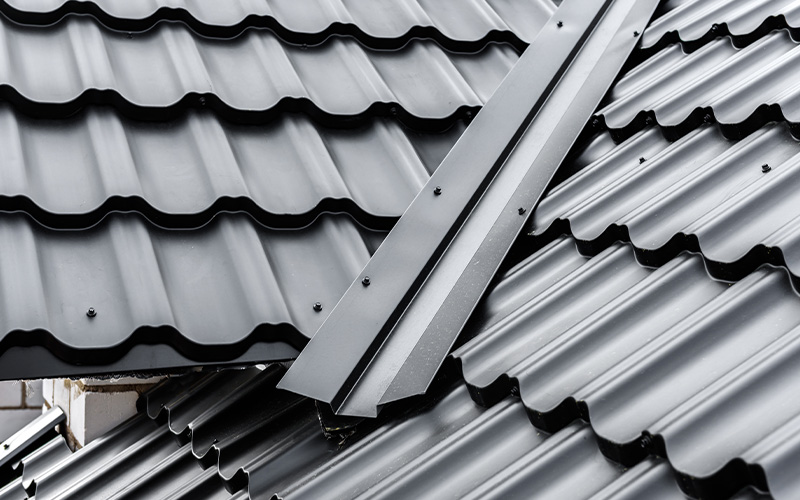
Continuous Flashing
Also known as “apron flashing,” this is a long, single piece of material that directs water down off the roof. A single piece of material, however, may break or warp as the house expands and contracts throughout the seasons; so expansions joints are built in to allow the material to move.
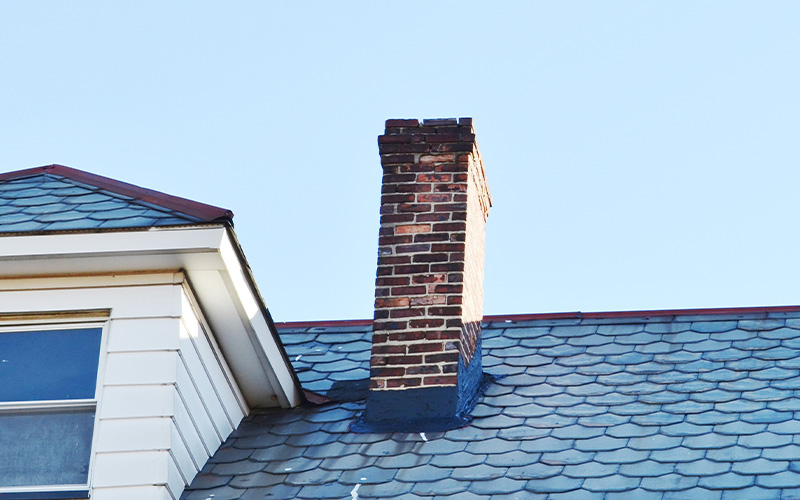
Base Flashing
Typically used around chimneys, this is a two-piece system that ensures water is always directed downwards by a piece of flashing. With this system, there is space to allow for expansion.
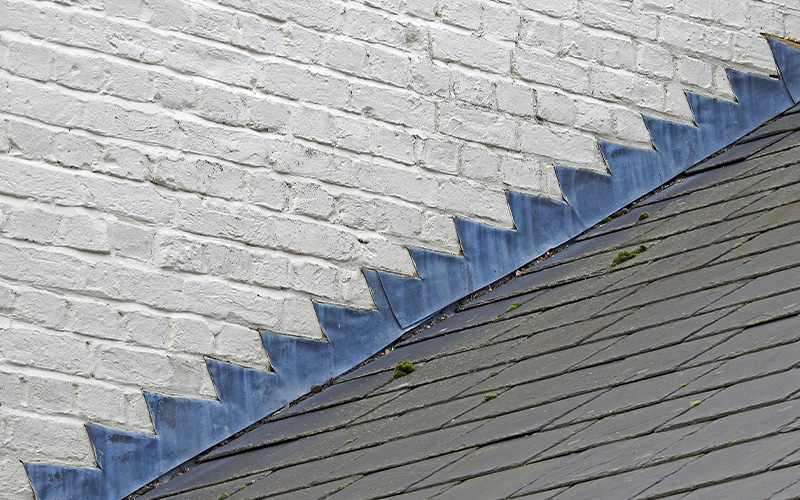
Counter-Flashing
This is the counterpart to base flashing. Counter-flashing is installed opposite or above the base flashing.
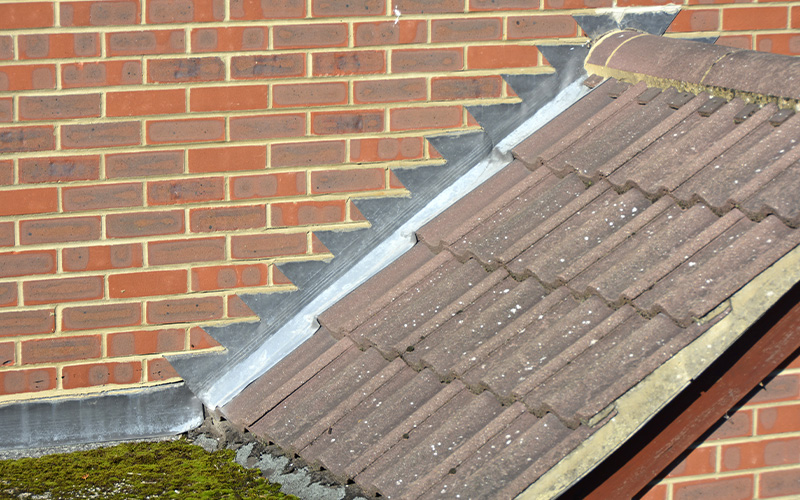
Step Flashing
Used when the roof meets a wall or dormer, this is a rectangular piece of flashing bent to 90 degrees. The pieces are installed in layers with the shingles to ensure water is directed away from the edge.
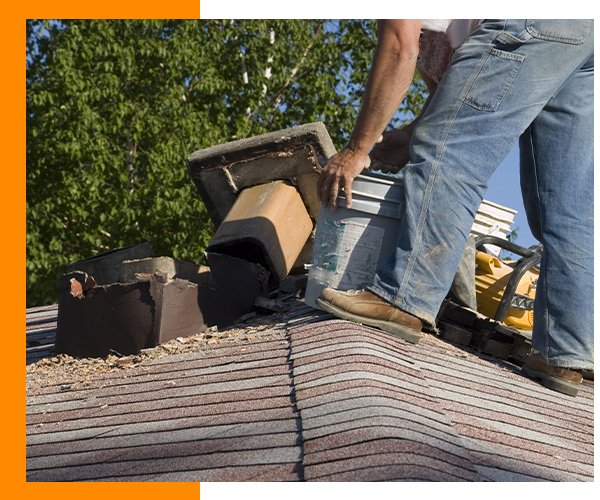
There are various signs to look out for that could mean the roof flashing is damaged. If you see any of these signs, get in touch with a roofing contractor as soon as possible.
- Rust or Corrosion: Even the best of materials can corrode or rust over time as the materials react with air and water.
- Missing Pieces: High winds or heavy hailstorms can cause flashing to peel away from the roof. Animals can also pick at the materials.
- Bends, Cracks, or Dents: Any damage to the metal, however small, can allow water to find a way into the roof decking.
- Internal Leaks: If you’re seeing water damage in the attic, on walls, near windows, fireplaces, or skylights, contact a professional roofing company.
- Mold or Staining: When drip edge flashing is installed incorrectly, it can cause damage or stains on the fascia boards.
- Damaged Siding: This is especially true if there is damage to flashing that is lower near the edge of the roof. Water will flow along the siding causing staining. You may also want to have the gutters inspected as well if you see siding damage.





